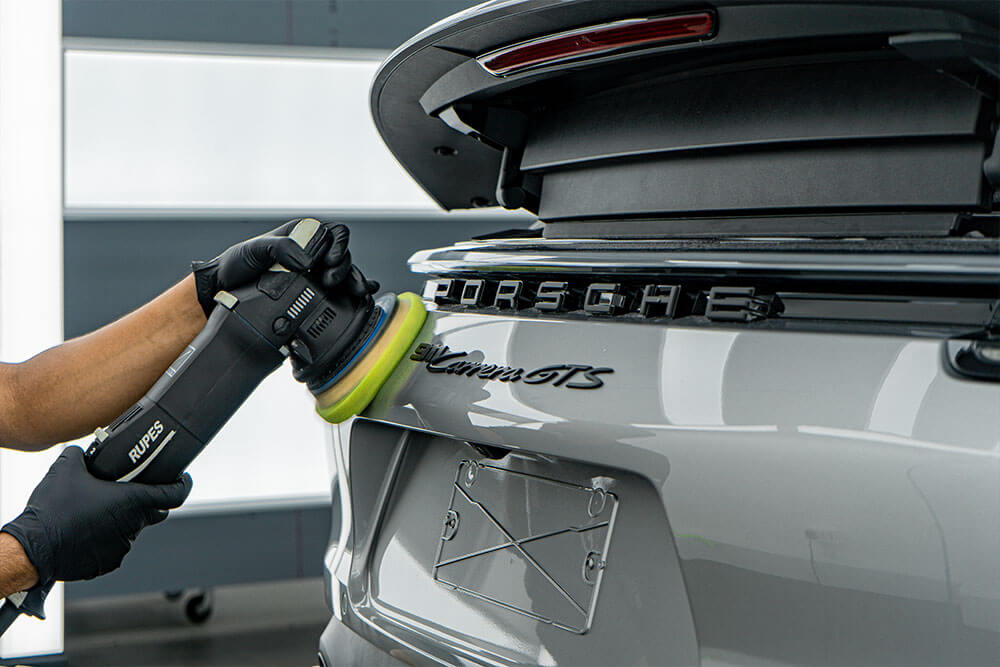
When it comes to keeping your car’s paint in pristine condition, paint protection film (PPF) is often the go-to solution. But how long does it actually last? For vehicle owners, finding out the lifespan of PPF is a big part of deciding whether it’s worth it. After all, no one wants to invest in a product that won’t stand the test of time. Let’s break down the facts about PPF, including what it is, the factors that affect its durability, and how long you can expect it to last on your vehicle.
What is Paint Protection Film?
Paint protection film, or PPF, is a thin, clear layer applied over the surface of your car to shield it from scratches, rock chips, and other minor abrasions. Made from urethane, this durable material offers a high level of protection without altering the appearance of your car. PPF is commonly used on high-impact areas like hoods, fenders, side mirrors, and bumpers, but it can cover any part of your vehicle that you wish to protect.
Types of Paint Protection Film
There are several types of PPF available, each with its unique features. Traditional PPF is clear and glossy, allowing your car’s paint to shine through while providing a hard, protective barrier. Self-healing films are particularly popular because they can repair minor scratches on their own, using heat from the sun or warm water. Some car owners prefer a matte finish, which not only protects but also changes the overall look of the vehicle, giving it a sleek, modern appearance.
Factors Affecting the Longevity of Paint Protection Film
Various factors can influence how long your paint protection film will last, adding layers of complexity to your decision.
Quality of the Film
The quality and brand of PPF play a significant role in its durability. Premium brands tend to offer better longevity and protection compared to cheaper, generic films. Investing in a high-quality film from a reputable manufacturer can make a big difference in how well and how long it performs. Always prioritize quality when choosing PPF to get the best results.
At RMA PPF, we offer 10yr warranty on our film so we need to make sure that we are not putting ourselves under unnecessary scrutiny.
Environmental Conditions
Where you drive and park affects the lifespan of your PPF. Constant exposure to harmful UV rays, extreme weather conditions, or even salty sea air can degrade the material over time. Similarly, frequent driving on rough or debris-laden roads increases the chances of wear and tear. Consider your local environment when estimating how long your PPF might last.
Maintenance and Care
Proper maintenance plays a crucial role in extending the life of your PPF. Regular washing and waxing prevent dirt buildup and maintain the transparency of the film. Avoid harsh chemicals or abrasive cleaning tools, which can damage the film’s surface. With careful upkeep, PPF can protect your vehicle for many years.
How Long Does Paint Protection Film Actually Last?
So, what is the real lifespan of PPF? Generally, high-quality films can last anywhere from five to ten years, depending on various factors.
Manufacturer Claims vs. Real-World Experiences
Manufacturers often claim their films can endure for up to a decade. While this might be true under ideal conditions, real-world experiences show varied results. Some users report excellent durability over the long term, while others may need a replacement sooner due to environmental influences or improper care. It’s essential to balance manufacturer promises with typical user feedback to set your expectations accurately.
Signs Your Paint Protection Film Needs Replacement
Nothing lasts forever, including PPF. Knowing the signs that your film needs replacement helps keep your car looking fresh.
Peeling or Lifting
One of the most obvious signs of deteriorating PPF is peeling or lifting at the edges. This occurs when the adhesive weakens and fails to hold the film in place. If you notice any separation, it’s time to consider replacing the film to maintain full protection.
Discoloration or Yellowing
Over time, some PPF may become discolored or develop a yellow tint. This is often due to prolonged sun exposure or inaccurate maintenance, making the film less transparent and reducing its aesthetic appeal. If your PPF starts showing these signs, replacing it could be the best course of action.
Conclusion
Paint protection film is a worthwhile investment for many vehicle owners, thanks to its ability to preserve the look and value of a car. While various factors such as quality, environment, and maintenance affect its longevity, a high-quality film can last between five to ten years. Monitoring the condition of your PPF and knowing when it’s time for a replacement will ensure that your car continues to look its best. Consider the benefits and potential drawbacks to make a well-informed decision about using PPF on your vehicle.


